Cloudscape
UE5, Blender, Parallax, Sequencer
In summer 2022 I did a set of small quick paintings of clouds, mostly for painting practice - but I found myself studying a lot of cloud properties and sourcing a lot of reference images.
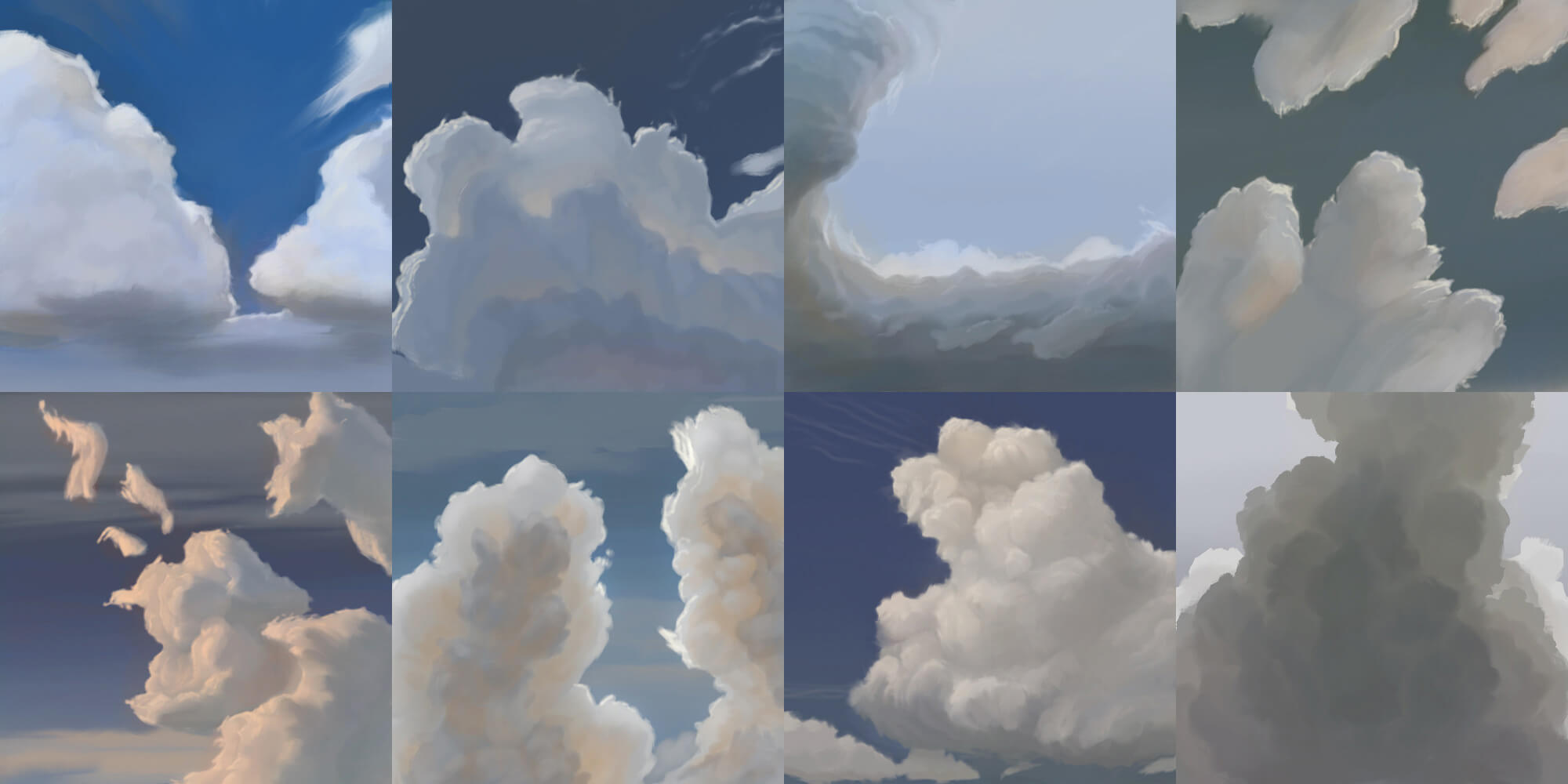
I became really interested in the dreamy quality of images of earth from above, close to the dawn/dusk terminator, where clouds end up having these enormous stretched out shadows spanning many miles.
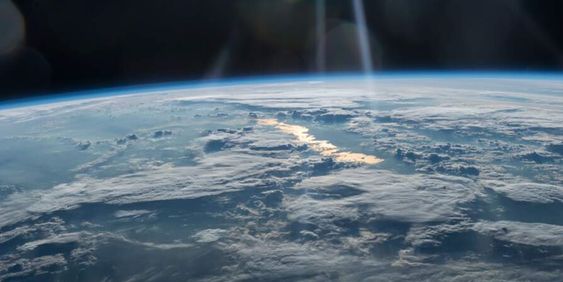
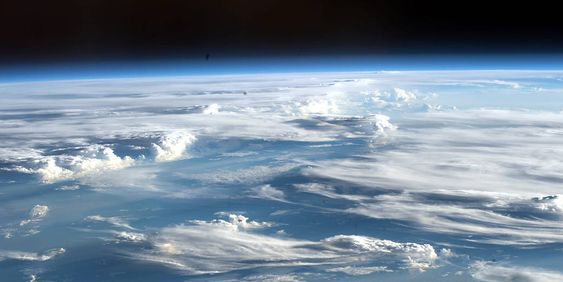
I wanted to try and recreate some of those qualities in UE5. I knew that Unreal's inbuilt volumetric cloud system wouldn't really be appropriate and I'd have to try some alternate approaches.
The end goal was a short cinematic, similar to ISS footage. Initially I considered creating an entire planet, but to generate the right sense of scale and pack enough detail in, I focussed on a square chunk of planet surface.
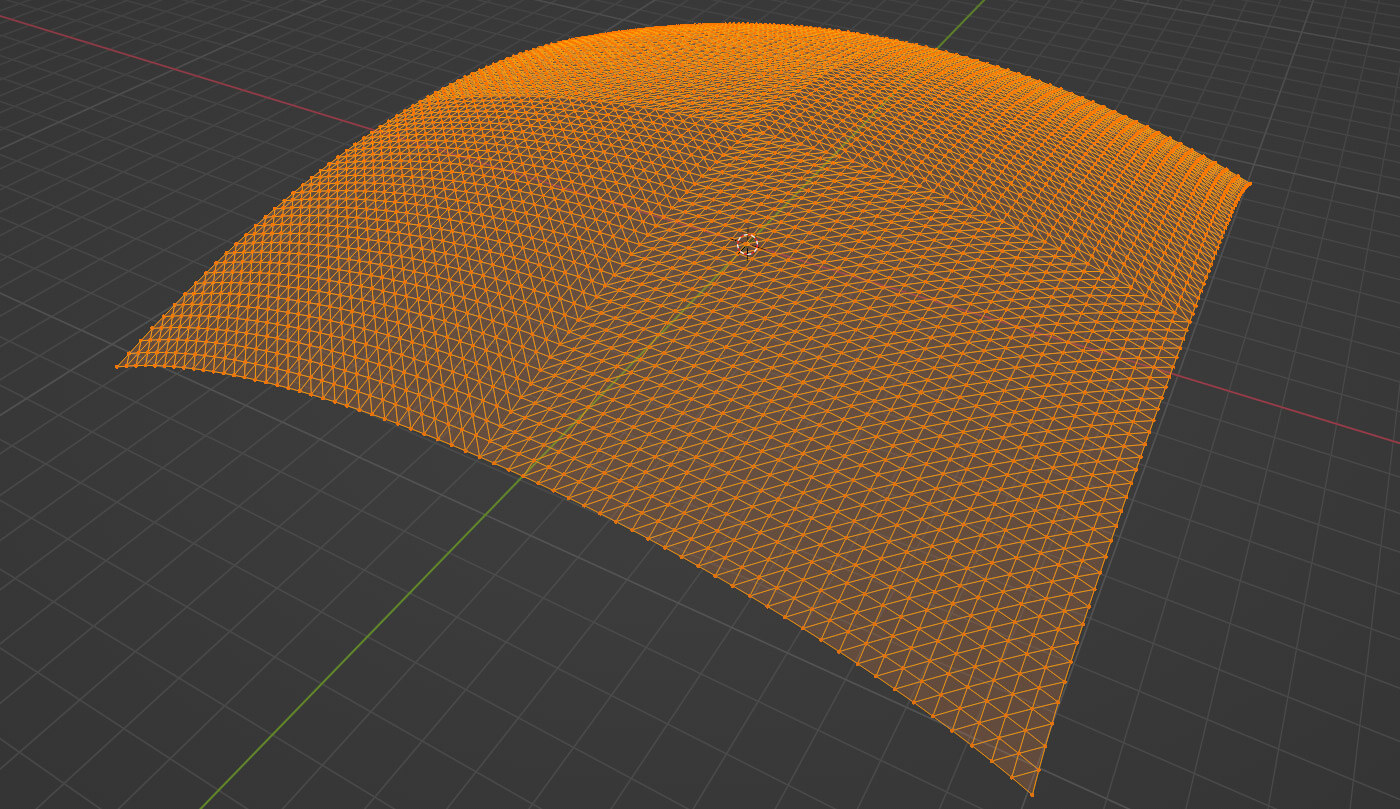
I started experimenting with using Unreal's inbuilt parallax oclusion mapping node to handle the cloud forms, as it already handles shadow casting. I generated the cloud textures in Blender using multiple scales of noise. All colour was handled in the material meaning the cloud textures could be single channel, and I was able to reuse the main cloud texture as both the parallax heightmap and for roughness.

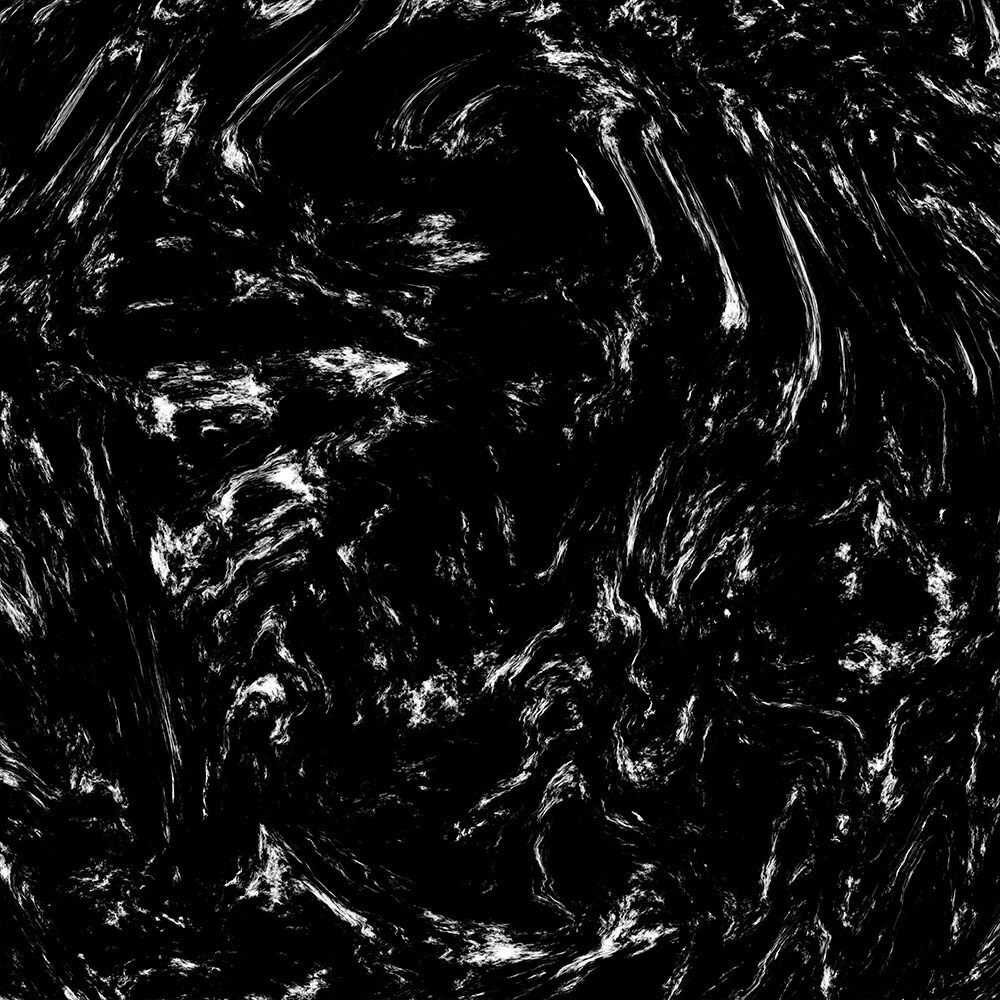
The atmospheric glow was attached to a second, slightly larger object and used an inverted fresnel mask to create the gradient. I combined various colour effects to represent blue light scatter, alpenglow, light scattering within cloud etc. I used a simple lambert shading mask as a basis for controlling the rolloff of effects, like the transition of shadow strength and cloud colour close to the terminator.
This project was also a chance to get more familiar with the animation sequencer, working with the cinematic camera where I added some of the finishing touches such as some subtle camera sway.